UCSF Selects Architects for New Parnassus Heights Hospital
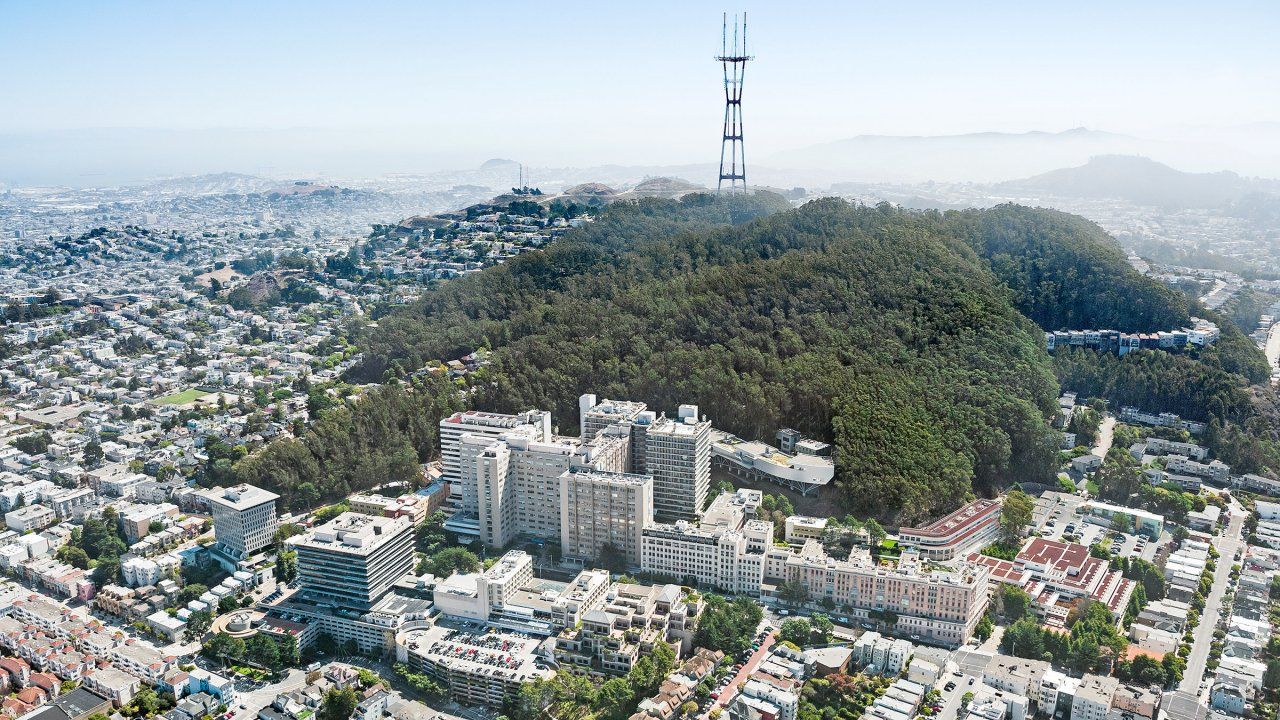
UC San Francisco’s Parnassus Heights campus is home to the UCSF Helen Diller Medical Center, the University’s top-ranked schools of dentistry, medicine, nursing and pharmacy, and premier biomedical research labs.
UC San Francisco has selected Herzog & de Meuron as the lead designer and HDR as the architect of record for a proposed new hospital at UCSF Helen Diller Medical Center at Parnassus Heights. The hospital will be designed to integrate with the natural setting of the surrounding Mount Sutro Open Space Reserve, focusing on the total patient experience to promote healing, wellness and recovery. Expected to open in 2030, the hospital will enable UCSF Health, one of the premier health systems in the nation, to serve the growing health care needs of patients in the San Francisco Bay Area and beyond for decades to come.
As part of the Parnassus Heights campus, the new hospital will strengthen UCSF’s world-renowned clinical, research and training mission. That integration has produced decades of breakthroughs in health science research that have been translated into treatments and therapies delivered to patients here and around the world.
The new hospital will address the increasing demand for complex adult medical care. In recent years, the current adjoined hospitals at Parnassus Heights, Moffitt and Long, have had to turn away nearly 3,000 patients annually for specialty care, due to a lack of bed capacity. Much of this demand comes from referrals to UCSF from other health care providers and community hospitals for care in areas ranging from cancer to cardiology to neurology.
The demand for health care is only expected to increase. The Bay Area’s population is projected to grow by more than 750,000 in the next decade, with an increasing proportion of Medicare-age patients. The need for greater capacity is underscored by the fact that UCSF provides more days of inpatient care for Medi-Cal patients than any other hospitals in the County of San Francisco, at 39 percent. The new hospital will replace the inpatient care currently provided at Moffitt hospital, enabling UCSF to increase overall patient capacity by 42 percent, from 475 beds in 2020 to 675 beds.
For 21 years, UCSF Medical Center, part of the UCSF Health system, has been ranked among the top 10 hospitals nationwide – and the best in Northern California – by U.S. News & World Report. Most recently, UCSF ranked seventh on the national Best Hospitals Honor Roll and among the nation’s leading medical centers in all 15 specialty care areas assessed.
“UCSF’s role in the health care landscape has become increasingly pivotal over the decades,” said Mark R. Laret, president and CEO of UCSF Health. “Our expertise across the clinical and research spectrum has made UCSF the destination for complex care few others can provide. The new hospital at UCSF Helen Diller Medical Center at Parnassus Heights will provide a facility as dynamic as the health care we offer – from specialty care to services focused on the care needs of the most vulnerable in our community.”
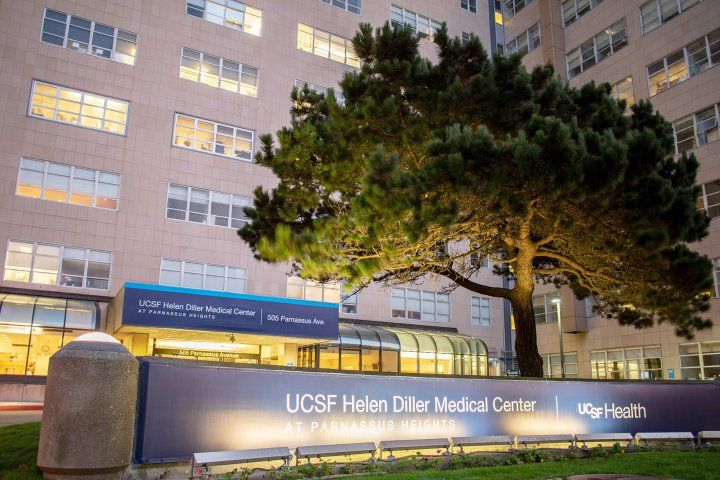
The new hospital will enable UCSF Helen Diller Medical Center at Parnassus Heights to meet the projected demands for complex adult medical care in the Bay Area. Photo by Susan Merrell
UCSF will use a combination of funding sources, including debt financing and private support, to finance the new hospital. In 2018, UCSF received a $500 million commitment from the Helen Diller Foundation to support the planning, design and construction of the new hospital.
“The Diller Family has shown extraordinary generosity in supporting this effort," Laret said. "Their tremendous vision will help us create a tranquil and patient-centered environment that will best meet the total care needs of our patients.”
Designing the Hospital for the Future
The selection of Herzog & de Meuron and HDR as the architectural design team for the new hospital marks a milestone for the century-plus old medical center on Parnassus Heights, which has served San Francisco in every public health crisis, from the 1906 earthquake to the COVID-19 pandemic. In fact, UCSF’s first (75-bed) hospital emerged a year after the earthquake, in response to that natural disaster.
The plans for the hospital call for designing an architecturally outstanding, energy-efficient and environmentally sustainable facility that will accommodate the advanced technologies UCSF uses in clinical and surgical settings, including robotics and intra-operative imaging, as well as the space needed for a modern Emergency Department.
The University selected Herzog & de Meuron and HDR to leverage the firms’ complementary talent, vision and hospital design experience. Herzog & de Meuron is a Switzerland-based architectural firm known for its critically acclaimed, innovative design. It has extensive international experience in complex urban environments and has developed an expertise in designing health care facilities, in Europe. The firm designed the M.H. de Young Memorial Museum in San Francisco’s Golden Gate Park in 2005. In its practice, Herzog & de Meuron works with the local community to tailor design to the specific culture of the location.
HDR, a global, multidisciplinary, human-centered architecture practice with specialized health care expertise, has designed a number of award-winning public and private health care facilities worldwide. Its local office in San Francisco recently designed the UCSF Benioff Children’s Hospital Oakland Outpatient Center. HDR has deep experience in successfully delivering complex health care projects via an integrated project delivery approach, which UCSF is planning for the project.
Health Care Facilities Designed by the Architects
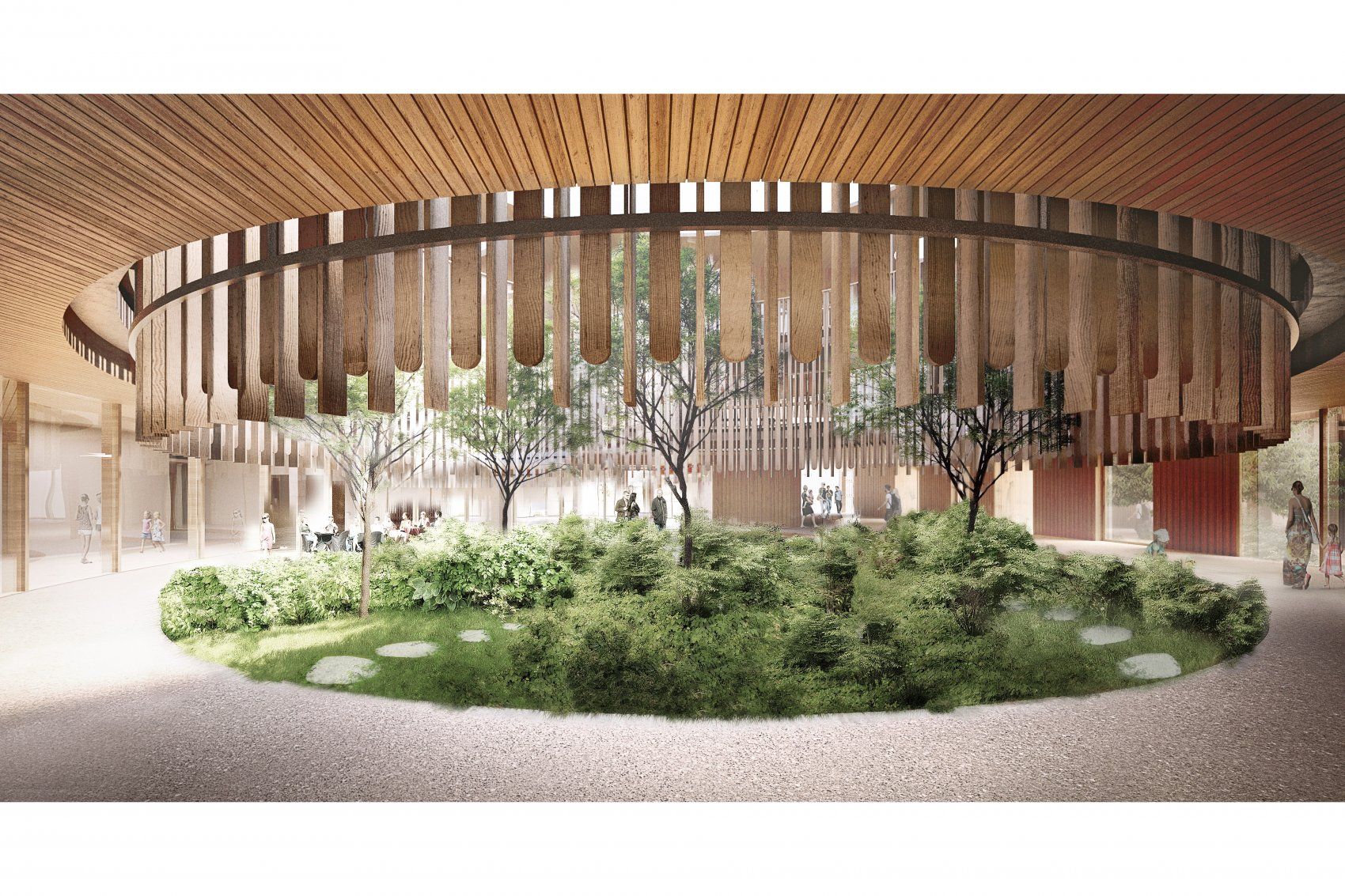
The University Children’s Hospital in Zurich has courtyards throughout for daylight and fresh air. The large entry court provides direct access to the restaurant and therapy services. Image courtesy of Herzog & de Meuron | Download a high-resolution version of this image
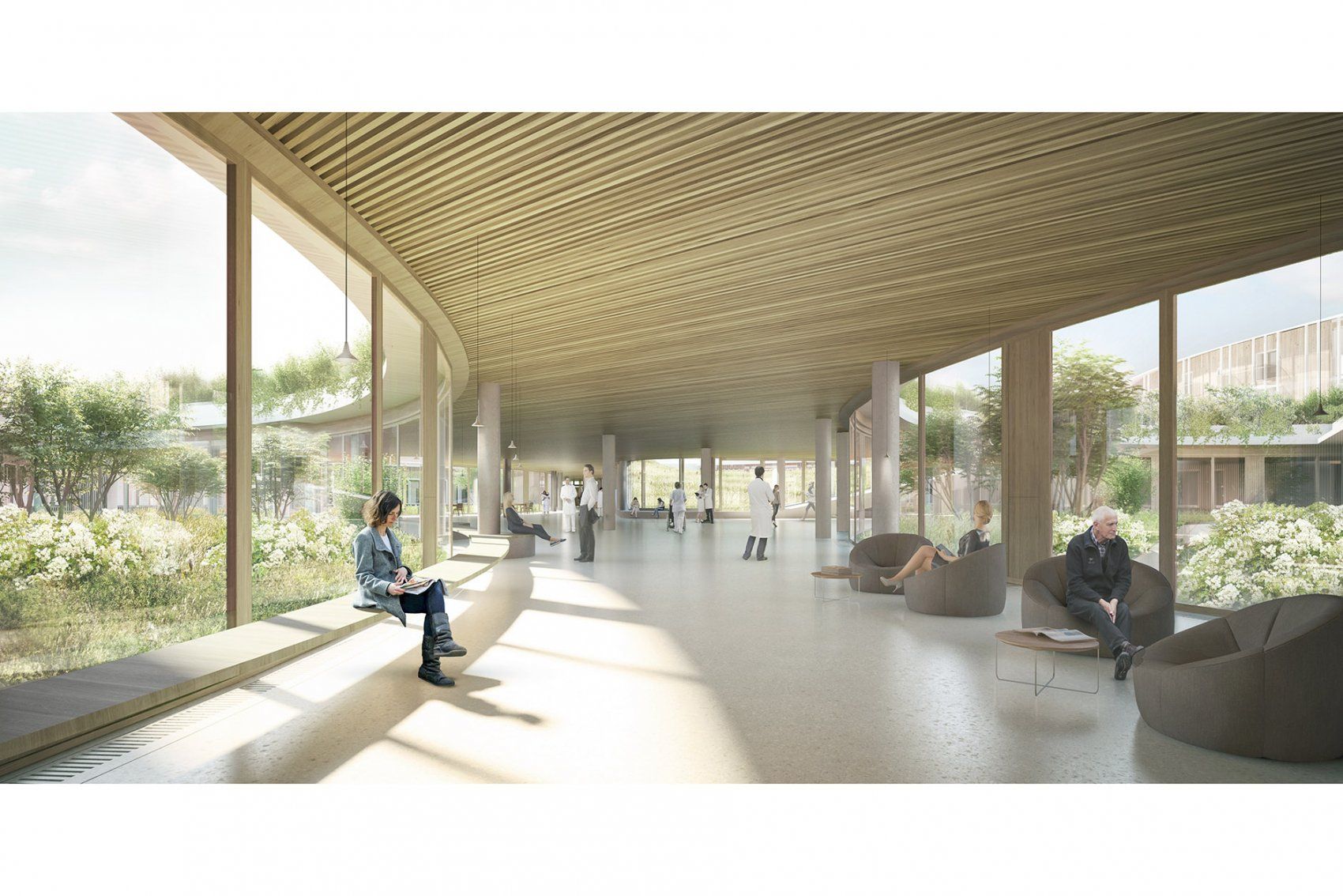
The New North Zealand Hospital is surrounded by nature. A flowing organic shape and central garden offer light and views, ease orientation, and bring together the community. Image courtesy of Herzog & de Meuron | Download a high-resolution version of this image
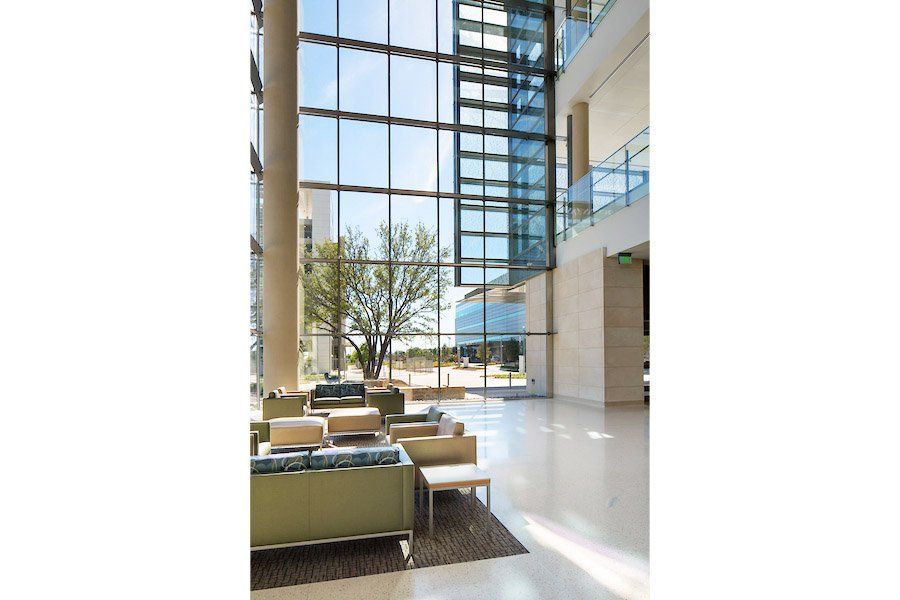
Supporting a connection to nature, Parkland Hospital is nestled among linear parks and courtyards, with a wellness garden and outdoor parks that weave throughout the facility. Image by Dan Schwalm/HDR | Download a high-resolution version of this image
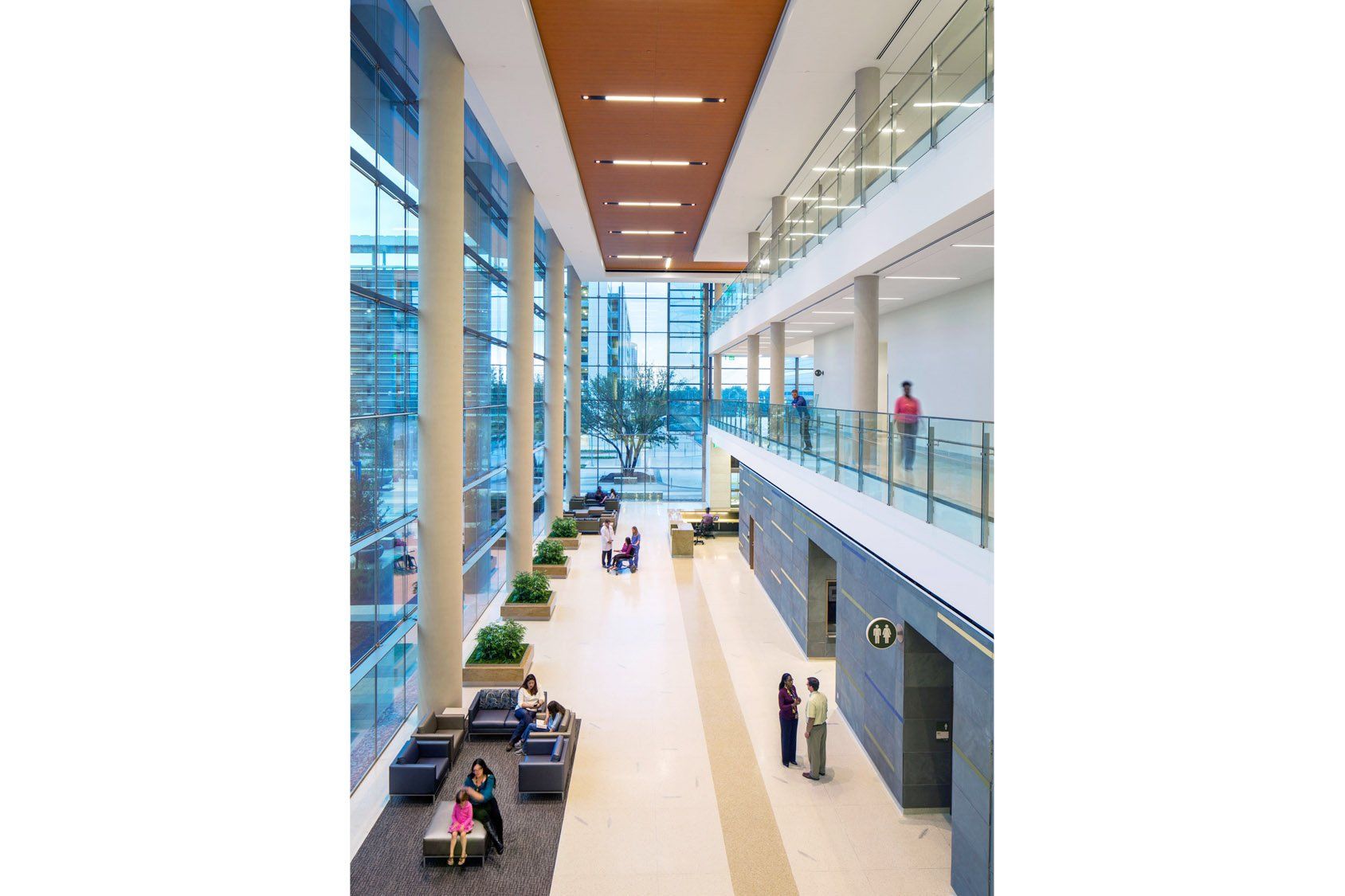
Concentrating on the patient’s arrival at Parkland Hospital, a slender concourse design allows quick access to portals of care through intuitive wayfinding, with navigation cues coming from access to daylight and views, as well as colors and flooring. Image by Dan Schwalm/HDR | Download a high-resolution version of this image
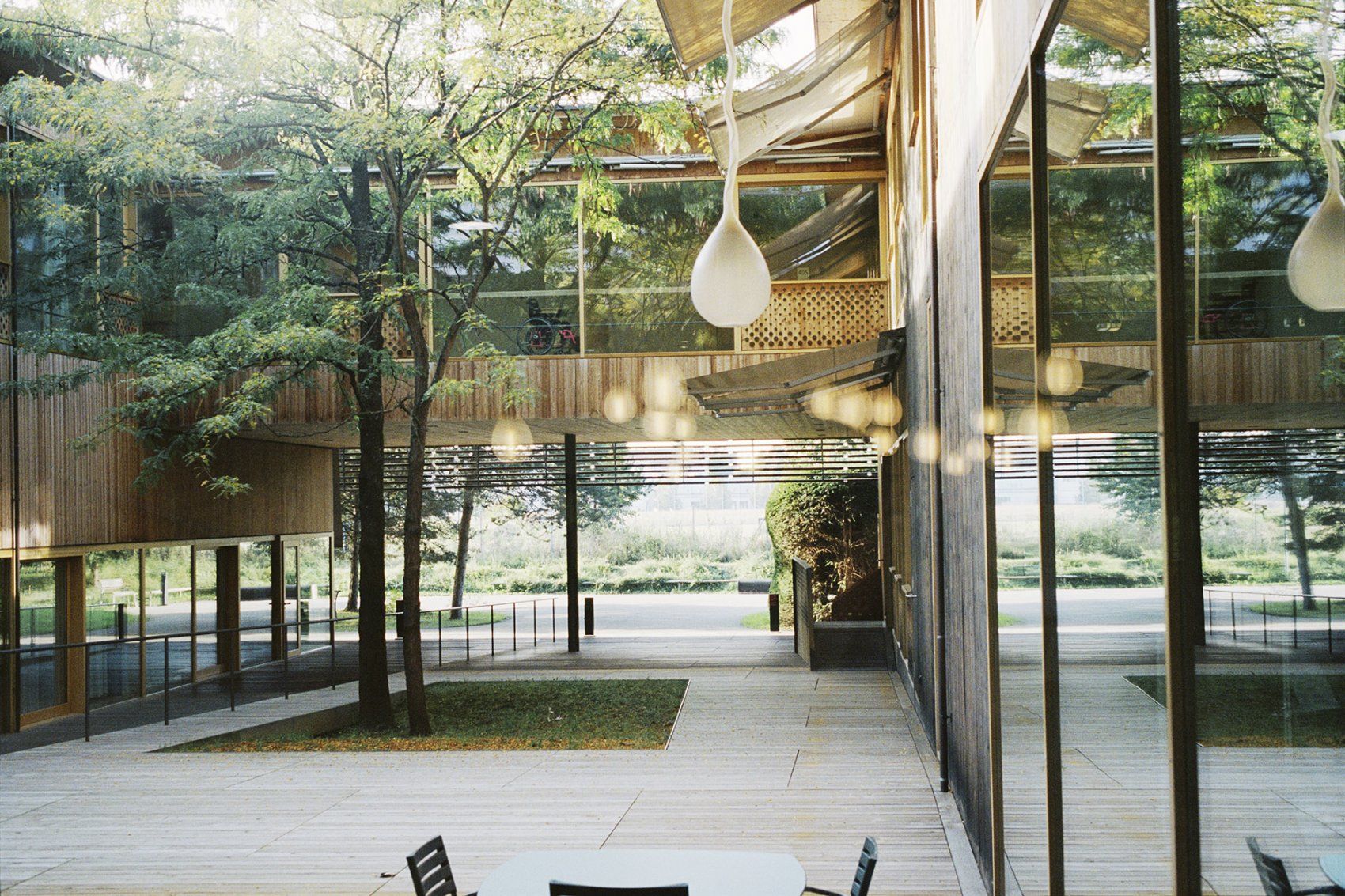
The REHAB Basel Centre for Spinal Cord and Brain Injuries in Switzerland was designed by Herzog & de Meuronto connect indoor and outdoor spaces with an arrangement of rooms and courtyards allowing daylight to penetrate the entire interior. Photo by Katalin Deér | Download a high-resolution version of this image
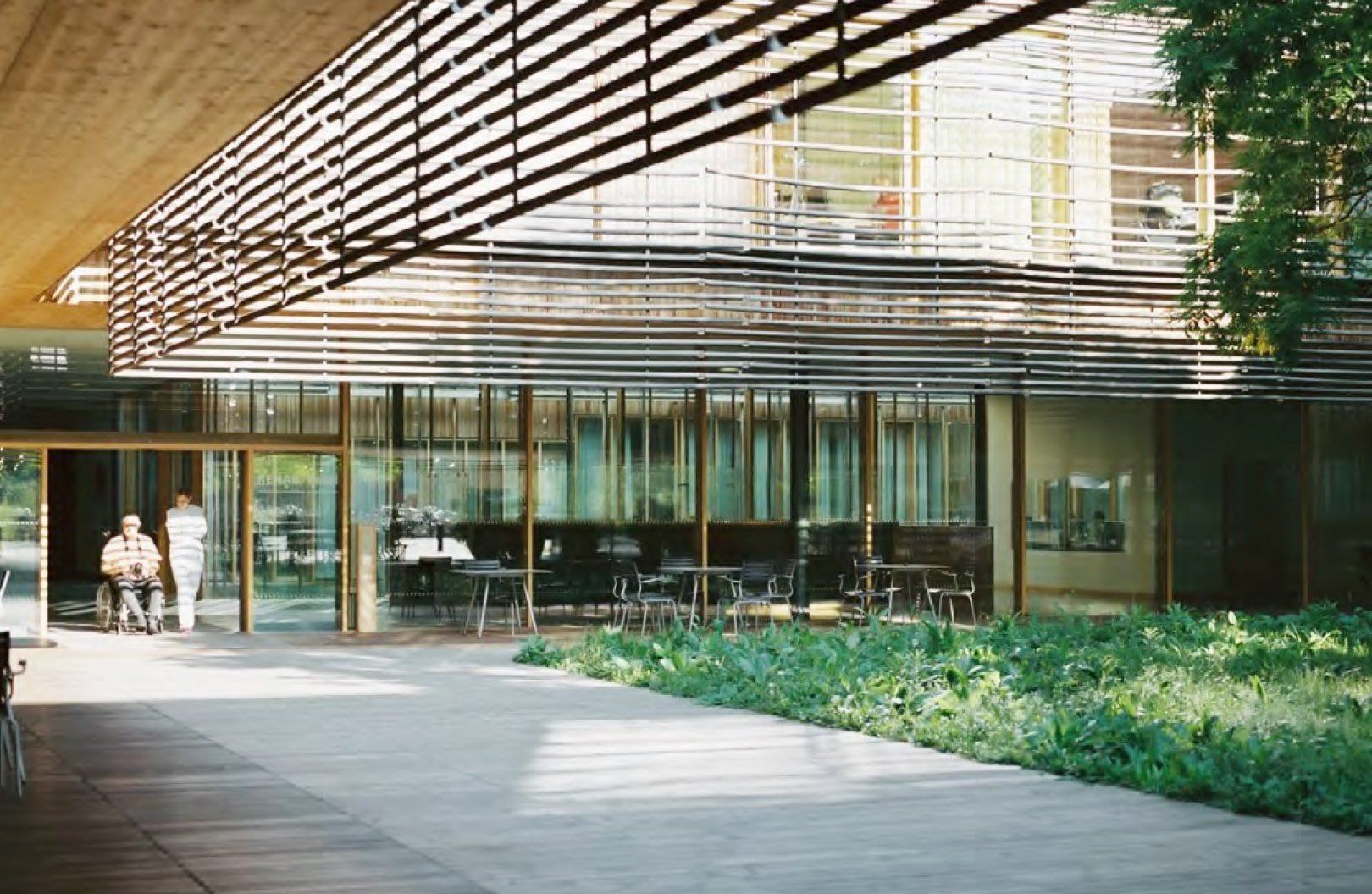
At the REHAB Basel, various inner courtyards provide orientation after people enter through the main lobby. Photo by Katalin Deér | Download a high-resolution version of this image
“We look forward to working with Herzog & de Meuron and HDR, who will help us create a hospital with a welcoming environment for our patients, the UCSF community and our neighbors,” said UCSF Chancellor Sam Hawgood, MBBS. “For generations, our clinicians, scientists and learners have worked together at Parnassus Heights to translate discoveries into treatments. Today, we are excited to design a hospital that strengthens this long history of collaboration, and aesthetically complements the neighborhood and the natural beauty of the Mount Sutro Reserve.”
In the fall of this year, UCSF will engage with the architects, neighbors and local stakeholders as the first step in a process of incorporating community input into the design process. Formal community engagement will begin in January 2021.
Revitalizing Parnassus Heights
The proposed hospital represents the initial step in UCSF’s broader plan to revitalize its oldest and largest campus, as outlined in a bold, decades-long blueprint, the Comprehensive Parnassus Heights Plan (CPHP), published in October 2019. In addition to its hospitals, the Parnassus Heights campus includes UCSF’s top-ranked schools of dentistry, medicine, nursing and pharmacy, and premier biomedical research labs focused on such areas as the immune system and regenerative medicine.
The first phase of the CPHP plan includes replacing the 103-year-old UC Hall with a new state-of-the-art research and education center, renovating the Irving Street entrance to the campus, and building additional campus housing.
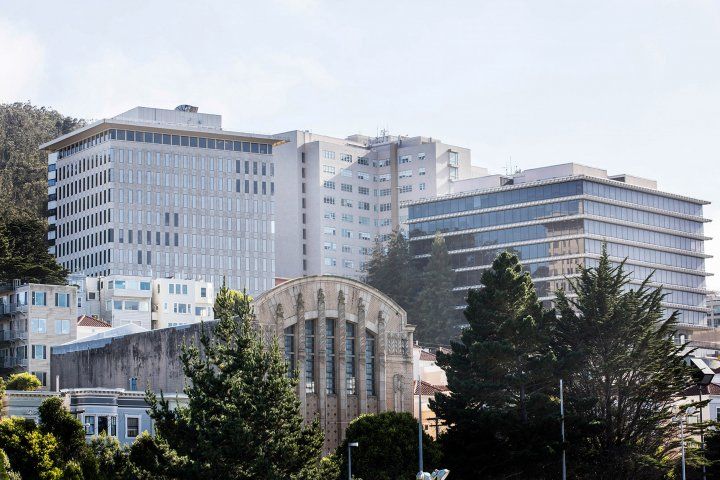
UCSF’s plan for its Parnassus Heights campus seeks to enhance and vitalize the surrounding neighborhoods. Photo by Susan Merrell
The CPHP plan reflects input from external and internal stakeholders over a planning process that began in 2018. It aims to enhance the vitality of the Parnassus Heights neighborhood and serve its health care needs with architecture that integrates with the surrounding neighborhoods, offering services and spaces that welcome and complement the community.
The facility will be built on the site currently occupied by the Langley Porter Psychiatric Hospital and Clinics (LPPHC), as described in UCSF’s long-range development plan, which was completed in 2014. The Langley Porter outpatient clinics are scheduled to move into a new building at 2130 Third St. in 2021, and the LPPHC inpatient facility will move to UCSF’s Mount Zion campus. The new hospital is projected to be a 16-story, 955,000-gross-square-foot facility and will meet state seismic requirements for hospitals set for 2030.
Reflecting broad input from hundreds of external and internal stakeholders over a planning process that began in 2018, the CPHP reflects the University’s investment in, and partnership with, San Francisco and the local communities of Cole Valley and the Inner Sunset. The campus will be designed to integrate with the surrounding neighborhoods, offering services and spaces that welcome and complement the community.
The CPHP aims to enhance the cultural and economic vitality of the Parnassus Heights neighborhood, creating jobs in construction, retail, food, wellness, and recreation services, in addition to new staff and clinical positions. The plan will contribute to the UCSF’s standing as the second-largest employer, adding to the more than 43,000 jobs and $8.9 billion in economic impact that UCSF generates every year.
The University of California, San Francisco (UCSF) is exclusively focused on the health sciences and is dedicated to promoting health worldwide through advanced biomedical research, graduate-level education in the life sciences and health professions, and excellence in patient care. UCSF Health, which serves as UCSF’s primary academic medical center, includes top-ranked specialty hospitals and other clinical programs, and has affiliations throughout the Bay Area.